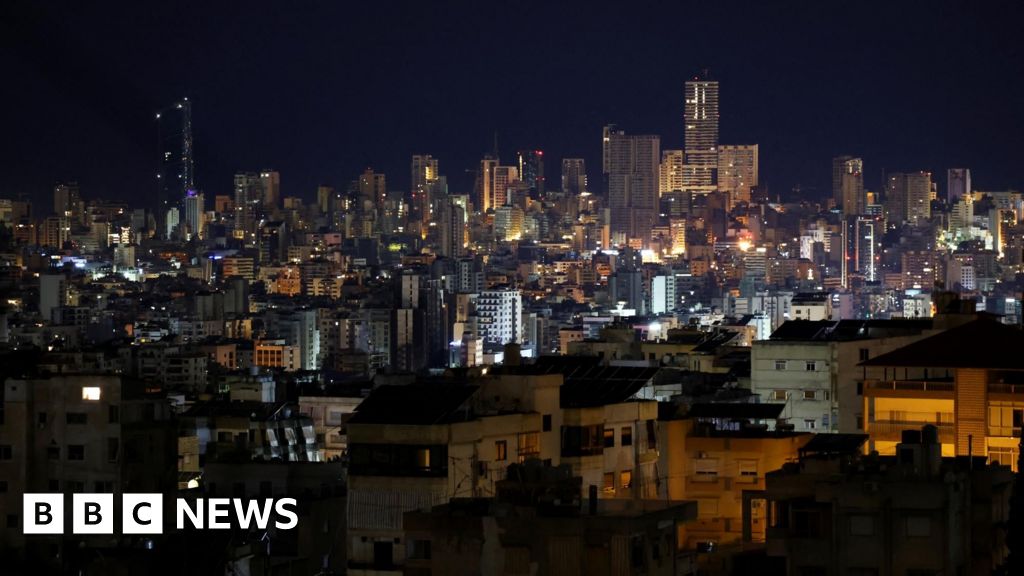Israel issued evacuation orders for parts of Beirut four hours before the ceasefire deadline, striking around an hour before. Hezbollah also fired drones into Israel in the hours before fighting stopped.
Within minutes of the ceasefire starting, the Israel Defense Forces (IDF) warned residents of southern Lebanon against “heading towards the villages that the IDF has ordered to be evacuated or towards IDF forces in the area”.
The IDF’s Arabic spokesman Avichay Adraee said on X the IDF would “inform you when it is safe to return home”.
Still, dozens of vehicles were seen heading south shortly after the ceasefire began by reporters for the Reuters news agency, some packed with personal belongings.
Fighting had been ongoing for nearly a year when, in late September, Israel intensified bombardments and launched a limited ground invasion against Hezbollah.
The war has been Lebanon’s deadliest in decades, killing more than 3,823 people, according to local officials.
Under the deal announced on Tuesday and brokered by the US, Israel will gradually withdraw its troops from Lebanon’s south over a 60-day period.
Over the same timeframe, Hezbollah fighters and weapons will be removed from the area south of the Litani River, a boundary established at the end of the last Israel-Hezbollah war in 2006. They will be replaced by Lebanese government forces.
“This announcement will create the conditions to restore lasting calm and allow residents in both countries to return safely to their homes,” said a joint statement from the US and France, both of which will join an existing mechanism tasked with enforcing the UN resolution previously set at the end of the 2006 war.
Lebanon’s Prime Minister Najib Mikati welcomed the ceasefire deal, calling it a “fundamental step towards restoring calm and stability” in the country and allowing citizens to return home.
But he also demanded Israel “fully comply” with the deal, leave sites it currently occupies and to respect the UN resolution.

